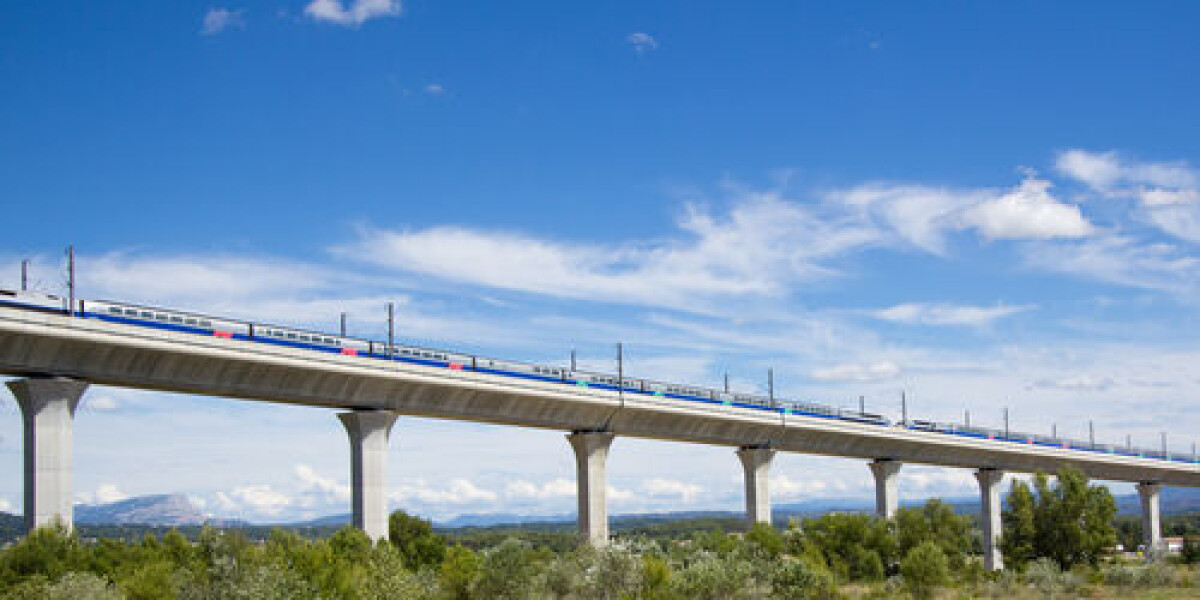
- Select a language for the TTS:
- UK English Female
- UK English Male
- US English Female
- US English Male
- Australian Female
- Australian Male
- Language selected: (auto detect) - EN
Play all audios:
The main doorway and any interior doorways (such as between the sink and toilet areas) may need to be widened since, in many powder rooms and some full baths, the doorway is only 24 inches.
SHOWER Adding a prefabricated shower enclosure can range from $600 to $800 for a lower-end framed shower; $1,200 to $1,600 for a semi-frameless shower using 1/4-inch thick glass; and, for a
completely frameless shower, $3,000 using 3/8-inch plate glass. Or, a useful and elegant tiled, curbless-shower can be custom built (at various price ranges). When possible, it's best
to have a 5-foot turning radius in the shower for wheelchair access, if ever needed. TOILET Comfort-height toilet options measure about 17 to 18 inches from the floor to the top of the seat.
More choices are available today than in the recent past, and the market has come down in price to about $350 to $600. FLOORING When using tile, it's useful to remember that the
smaller the tile, the greater the tile's slip resistance. However, with small tiles there's more grout to clean. As a compromise, many designers use large tiles on the walls and
smaller tiles on the floor. Although ceramic tile can cost less than $1 per square foot, they're not non-skid and they don't have much texture too them. David recommends porcelain
over ceramic tiles. "We've been getting some porcelain tiles for $2.75 a square foot," he says. CABINETS A sink vanity with a countertop, side cabinets and door-covered
storage can cost about $1,200 to $2,500 from a low- to mid-end cabinet brand. To provide for leg space beneath a counter so a person can be seated, either leave the space blank, install a
removable cabinet front or use a rolling cabinet. FAUCETS A lever-style faucet that can be maneuvered with a full hand or even just a finger, elbow or forearm is not much more expensive than
a traditional faucet. (Note: For safety it's best to use pressure-balanced, anti-scald faucets.) GOING UP! (OR DOWN!) Not everyone wants to or can achieve single-story living. To get
from one level to another, various stair-based options and even home elevators can help. STAIRWAY SOLUTIONS A staircase chair lift is basically a chair that sits on a rail that is attached
to the stair treads. A motor glides the chair up and down the rail. The cost of a staircase chair lift can be anywhere from $1,200 to $10,000 for the product itself. For most people
installing a chair lift is not a DIY project. While a chair lift is fine for someone who has the balance and strength to get around with a cane or walker, it probably won't work for a
wheelchair user who doesn't have enough trunk control to remain upright. Behind the door: A closet that, if needed, can be converted (along with the closet on the floor above it) into
an elevator. Photo from the 2014 Home for Life, courtesy Hanley-Wood Transferring on and off of the lift tends to be the riskiest part for a wheelchair user, who will likely need help
transferring between the wheelchair and the lift. Meanwhile, unless a person has two wheelchairs — one for use downstairs, another for up — someone will need to carry the wheelchair up and
down the stairs. "It's time consuming and risky for the person and the caregiver," notes Glickman. Other staircase options include an inclined wheelchair platform lift or a
vertical wheelchair platform lift. These are like small boxes that a wheelchair user would roll into and then either motor along the staircase or vertically beside it to the next level. Most
staircases are not quite wide enough for the inclined version to work. Plus, there needs to be room at the top and the bottom of the staircase for the wheelchair user to safely roll
straight on and off of the lift. ELEVATORS With a custom home or a remodel in which there is enough space, one method is to build stacked closets that can be converted into an elevator shaft
if or when needed. An internal elevator needs a 6-by-6-foot space. "To get that in a remodel, it might mean taking up a whole room on each floor," Glickman says. "But
plumbing, heating and cooling ducts could be in the way. It can be very complicated." Two other options: Use an external elevator, which is akin to putting on an addition — complete
with a foundation, new walls and roof. There are also pneumatic vacuum-style elevators, which are quiet and easier to install, especially in a homes with a two-story open foyer and interior
balcony. COSTS: A straight-run stair lift is about $2,200 for the lift and installation. For a curved run, the materials can move the project into the $10,000 range, Glickman says, and the
installation might add another $3,000. The vertical and inclined platform lifts run about $20,000, including installation and "assuming the staircase works as it is," he says. But
in most cases there needs to be extensive work to widen the staircase, and that adds costs. To provide space in a new build for an internal elevator to be built at a later date, the cost can
be about $3,000 to stack the closets and properly set up the framing and walls, Bawden says. "When the elevator goes in, that's another $30,000." An external elevator will
run between $75,000 and $100,000 for labor and materials. "To go from the ground floor to the second floor by installing a pneumatic elevator costs about $35,000," Bawden says.
"It's a cheaper and faster installation than building the addition." *** Just as we age over time rather than all at once, homeowners seeking to create a lifelong home
needn't rush to do everything at once. Changes can be done in phases over time, and parts of the home — such as stacked closets for an elevator or bathroom walls with plywood blocking
under the drywall — can be prepped for the future during the initial construction or a remodel. FOR MORE INFORMATION ABOUT CREATING A HOME THAT'S SAFE, COMFORTABLE AND WELCOMING FOR
PEOPLE OF ALL AGES, CHECK OUT THESE AARP RESOURCES: AND THESE HOUSING RESOURCES: _Stacey Freed is a freelance writer and former editor at _Remodeling_ magazine._ _Page published March 2015__
_ More from AARP.org/Livable Use the dropdown to choose a livability topic. Select a Subject









